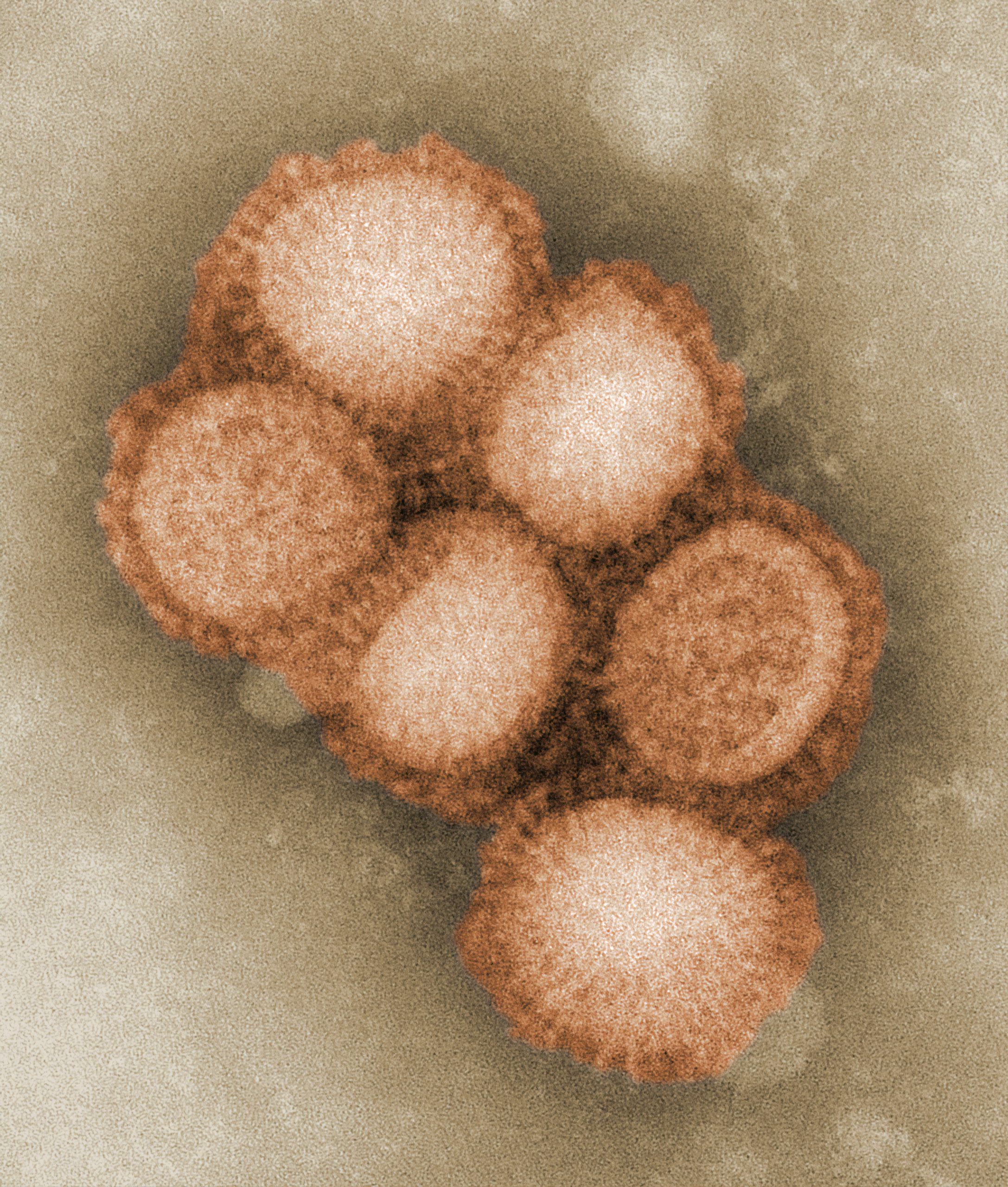- 17 April 2023
- 35
Cracking the Hiccup Puzzle: An Integrated Approach to Unraveling the Mystery

The Puzzling Phenomenon of Hiccups
Hiccups, those sudden and involuntary contractions of the diaphragm muscle that result in a distinctive “hic” sound, have puzzled scientists and the general population alike for centuries. While hiccups are usually harmless and self-limited, they can be annoying and even disruptive to daily life in some cases. Despite being a common phenomenon, the exact cause of hiccups remains elusive, and traditional theories have fallen short in fully explaining this curious reflex.
Traditional Theories and their Limitations
Over the years, various theories have been proposed to explain the origin of hiccups, ranging from irritation of the diaphragm or phrenic nerves to changes in the rhythm of breathing. Some theories have suggested that hiccups may be triggered by gastrointestinal issues, such as swallowing air or irritation of the stomach or esophagus. Other theories have pointed to neurological factors, such as disruptions in the normal functioning of the central nervous system. However, these theories have had their limitations in providing a comprehensive understanding of hiccups and have not led to effective treatments or management strategies.
An Integrated Approach for Hiccup Research
In recent years, researchers have begun to take a more integrated approach to studying hiccups, combining insights from multiple disciplines, including neuroscience, physiology, and gastroenterology, to unravel the mystery of hiccups. This interdisciplinary approach has allowed scientists to gain new perspectives and insights into the complex nature of hiccups and has opened up new avenues for research.
One example of this integrated approach is the use of advanced imaging techniques, such as functional magnetic resonance imaging (fMRI) and electrophysiological recordings, to study the neural pathways and brain regions involved in hiccup generation. These studies have revealed that hiccups are likely to be mediated by a complex interplay between the diaphragm, the brainstem, and higher brain regions involved in respiratory control, swallowing, and vocalization.
Researchers have also explored the role of the gastrointestinal tract in hiccup generation, investigating the potential involvement of the gut-brain axis and the enteric nervous system. Recent studies have suggested that irritation or distension of the stomach or esophagus could trigger hiccups through neural pathways that connect the gut and the diaphragm. Additionally, studies have shown that certain medications that affect gastrointestinal motility or acid secretion can alleviate hiccups, further supporting the gut’s involvement in hiccup generation.
Unraveling the Mystery: New Insights and Potential Solutions
The integrated approach to hiccup research has yielded promising results and has shed new light on the complex mechanisms underlying this intriguing phenomenon. However, many questions still remain unanswered, and further research is needed to fully understand hiccups and develop effective treatments.
Some researchers are exploring potential therapeutic approaches based on the new insights gained from the integrated approach. For example, certain medications that target the gut-brain axis or modulate neural pathways involved in hiccup generation have shown promise in alleviating hiccups in some cases. Other interventions, such as behavioral techniques, nerve stimulation, and even surgical procedures, are also being investigated as potential solutions for persistent hiccups.

